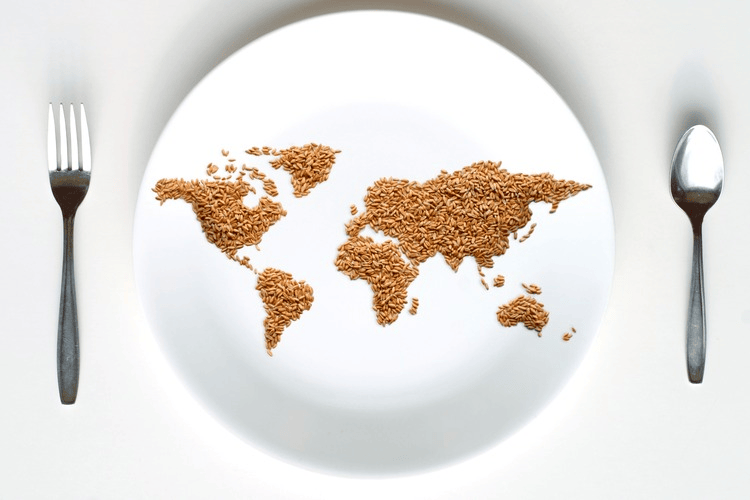
If governments are to reach the promised 45 per cent cut in global emissions by 2030, they must take plants and photosynthesis into account, says Marco Magrini
Climatewatch
Photosynthesis is a wonder of chemistry. When powered by sunlight, it transforms six molecules of carbon dioxide and six molecules of water into the carbohydrates that make plants grow. The process sustains life on Earth by storing the Sun’s energy within plants – the first link in the global food chain – while releasing much-needed oxygen as a byproduct.
Researchers from the University of California, Berkeley recently revealed that, in response to more carbon dioxide in the atmosphere, plants are photosynthesising more. From 1982 to 2020, while CO2 concentrations grew from 360 to 420 parts per million, global photosynthesis rose by a staggering 12 per cent. ‘This is not stopping climate change by any means, but it is helping us slow it down,’ the study’s lead author, Trevor Keenan, said.
Plants are undergoing many other changes in the face of a warming climate. When, in 1898, the Swedish scientist Svante Arrhenius proposed his theory about the warming effect of man-made carbon dioxide, he argued that, in the future, a less chilly climate would bring vineyards to Scandinavia. Today, plants are certainly on the move. Another study, published in the journal Plos One, has assessed the future impact of climate heating on key crops such as coffee, avocado and cashew. By mid-century, the areas suitable for growing cashews will expand and those right for avocados will shift, but the most dramatic impact is expected for coffee – Brazil could lose 71 per cent of its suitable growing area. Each shift could compromise the livelihoods of millions of people.
MORE CLIMATEWATCH COLUMNS
All of these facts might suggest that a change in our approach to land use is called for. A third paper tried to prove this by modelling an extreme solution: a dietary shift from animal- to plant-based food in 54 high-income nations. The results, published in the journal Nature Food, are astounding. Such a move would slash agricultural emissions by 61 per cent (this includes methane produced by ruminants), while sequestering billions of tonnes of CO2 thanks to photosynthesis thriving on the newly available land.
Governments may talk, on occasion, about phasing out petroleum; they rarely talk about phasing out beef steaks. But if they are going to reach the promised 45 per cent cut in global emissions by 2030, photosynthesis must be taken into account. The clock is ticking. Much earlier than Arrhenius had thought, there are already 50 active vineyards in Sweden.








